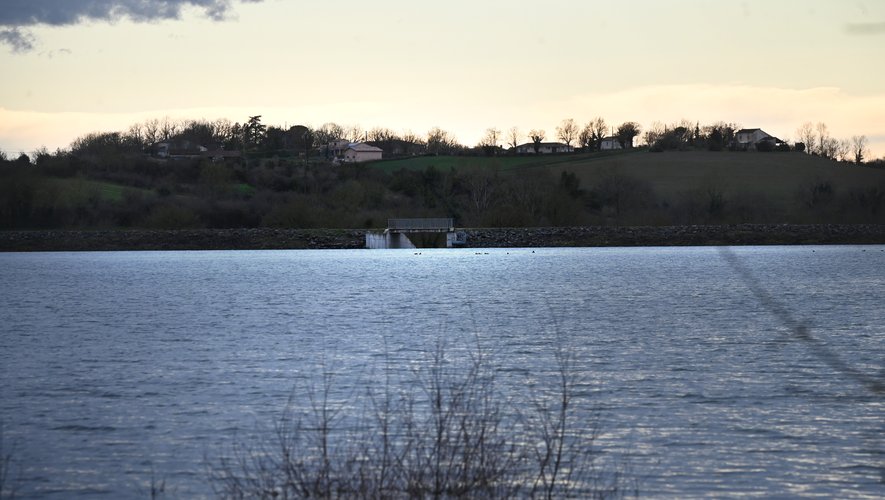This is good weather news. The abundant winter rains made it possible to replenish groundwater levels, dams and watercourses, which were in rather poor condition in the autumn. But this is a far cry from protecting the Tarn from a drought this summer. Explanation.
The Tarn needed rain and got it. A lot even. Precipitation exceeding seasonal norms, except in the month of January (see box). As a result, the groundwater levels have regained color, just like the dams and rivers.
It was about time, because at the beginning of December the department found itself in a delicate situation. At this time of year the Fourogue Dam had reached 21% of its capacity. Saint-Géraud and Saints-Peyres with 28% and Cammazes with 46%. Today, all these small people are almost 100%, except Cammazes (76%) and Saints-Peyres (73%). Comforting figures now that the sunny days are approaching.
The same figures as in the spring of 2022
“It is true that this accumulation of rain is particularly welcome for groundwater. At this time, the plants are at rest and do not collect the rain, which ends up directly in the soil,” explains Stéphane Mathieu, water director at the department council. “This is obviously good news for the department for managing its drinking water, but also for farmers whose hydrological needs are essential to their production. »
In the event of drought, EDF can also open the locks to guarantee the flow of certain rivers. What suggests that the Tarn is safe for this year 2024? Not really. “We had the same figures at the beginning of spring 2022,” recalls Stéphane Mathieu. We know the rest. A heat wave that started in May and lasted much of the summer… with strict restrictions on water use to prevent water from running out.
The snow is melting earlier and earlier
“We must remain very vigilant. Above 40°C, evaporation is enormous. That is why we organize ourselves in advance with the farmers, to focus on the crops that use the least water,” the director adds. “We are also working on network innovations to limit leaks. We have entered into an agreement with Tarn-et-Garonne and Aveyron to jointly plan the management of the dam storage. We know that we will have to fight global warming in the long term. »
Until we experience droughts in the Tarn as intense as those in the Pyrénées-Orientales? “We are fortunate to be close to the Massif Central, which brings precipitation,” explains Stéphane Mathieu. Because the problem extends far beyond departmental boundaries. Rather, it is stated in terms of the basin, for the Tarn, which must jointly contribute to guaranteeing the flow of the Garonne. “The snow from the Pyrenees is essential for this river. However, it is melting earlier and earlier. We have gone from July to mid-June. This is an additional concern,” warns the water director.
Obviously, it is better to remain cautious despite the rain. And keep saving resources.
In numbers
Accumulated precipitation during winter 2023/24:
Nov: 133.89mm. (monthly normal: 94.4).
December: 105.09 mm (normal: 89.9).
January: 40 mm (normal: 87.2.)
February: 99.43 mm. (normal: 67.9).
Filling of the main dams from February 26:
Banked: 94%
Cam mazes: 76%
Four-eye: 100%
Razisse: 101%
Saint-Géraud: 101%
Saints-Peyres: 73%

